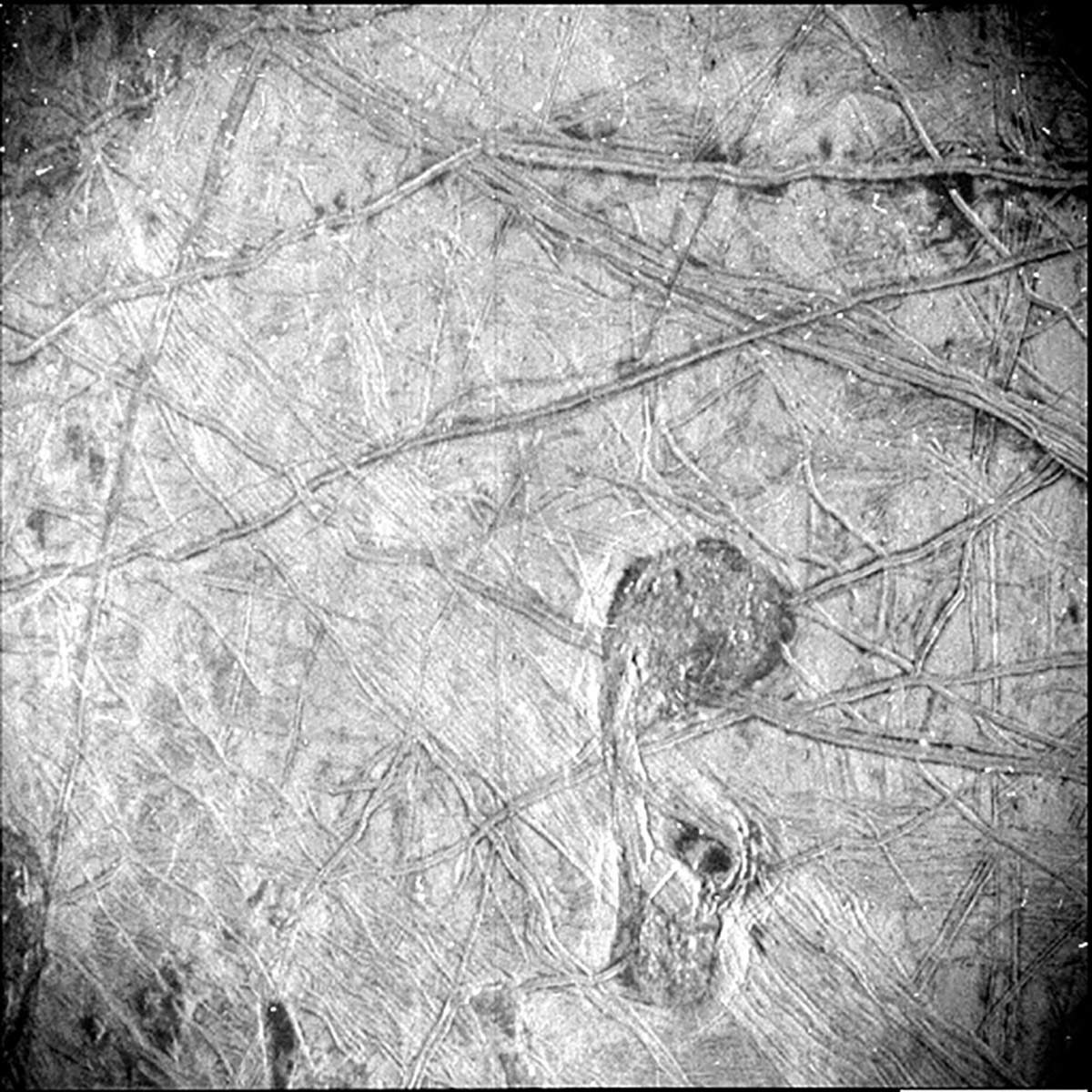Researchers have discovered two new forms of salt ice that could change the fundamentals of chemistry forever. That’s quite a bold claim, I know, but based on the research showcased in a new paper featured in the Proceedings of the National Academy of Sciences, these two previously undiscovered forms of salt ice are going to shake things up quite a bit.
Salt and ice are two perfectly normal things and both exist on Earth in some fashion or another. However, out in space, other types of frozen water have always been a bit of a mystery. Take Jupiter’s moon Europa for instance. This moon is covered in a strange watery type of ice, which scientists have even said is more watery than expected. The reasoning behind that wateriness has always been a mysterious.
But, with the discovery of these two new forms of salt ice, that mystery could become a learning opportunity. According to the research, when subjected to higher pressures and lower temperatures than are found on Earth, the atoms in hydrated sodium chloride – a fancy name for salt water ice – will arrange themselves in structures unlike anything scientists had previously discovered.

The belief is that these two strange forms of salt ice could be the basis of the mysteriously watery ice that covers moons like Europa. Further, by studying the conditions needed to make this kind of salt water ice, scientists may be able to tell more about the atmospheres of planets and moons that are covered with this kind of material.
Therefore, the discovery has the possibility of changing some of our fundamentals of chemistry, as least as far as how hydrated sodium chloride reacts under pressure and colder temperatures. Normally salt works as a natural kind of antifreeze – that’s why some cities put salt on the roads before an icy storm. It lowers the freezing point of the water, allowing it to stay liquidy longer.
This same concept appears to be on display on Europa and other similar moons. As such, being able to point at these two new forms of salt ice and study them better has the potential to open new doors of understanding how our solar system’s moons came to be and even offer a better understanding of cosmic ice.
With NASA already planning missions to Europa, and the JUNO spacecraft already returning stunning images of Europa captured by the spacecraft, perhaps having this information on hand could help scientists better prepare for a proper mission to explore the surface of the moon.
The post New forms of salt ice could change the fundamentals of chemistry appeared first on BGR.
Today's Top Deals
- This $16 clip-on lens kit fits the iPhone or any Android phone, and it’s awesome
- Amazon deal offers a 7-inch Android tablet for under $43
- Save 61% on a 6-port USB rapid charger on Amazon
- Save 75% on a Canon black and white multifunction laser printer on Amazon
New forms of salt ice could change the fundamentals of chemistry originally appeared on BGR.com on Tue, 21 Feb 2023 at 18:37:00 EDT. Please see our terms for use of feeds.

